Stonington welcomes the traditional Haida basketry of Isabel Rorick with her solo show: Remembering the Sacredness of the Four Seasons. Rorick gathers natural materials on Haida Gwaii in the traditional method and painstakingly weaves them into gathering baskets. This show highlights four particular baskets, each of which honors the spirit of a season. These subtly patterned pieces remind us to reflect on and celebrate the natural bounty surrounding and providing for us.
Exhibition Dates:
July 1, 2010 - July 31, 2010Involved Artists:
Isabel Rorick
Featured Works
-
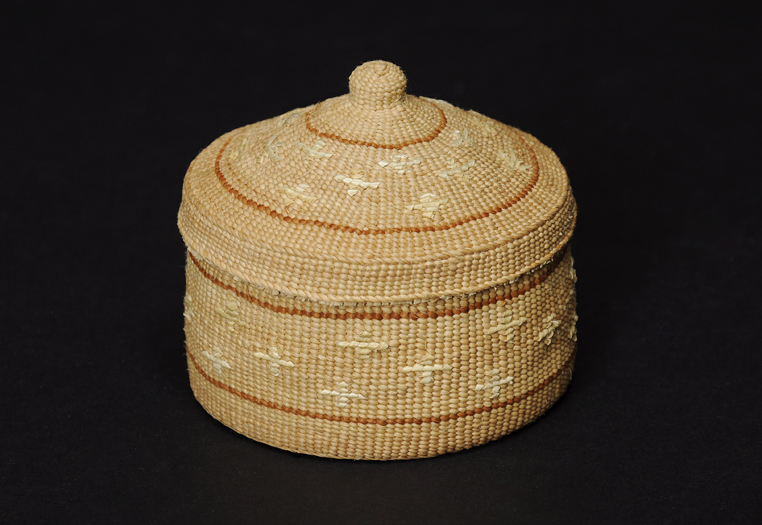 Isabel RorickWinter Solstice – Snowflake Design Rattle Top BasketSpruce Root, Sunbleached Sweet Grass Stems, Alder Dyed Spruce RootSOLD
Isabel RorickWinter Solstice – Snowflake Design Rattle Top BasketSpruce Root, Sunbleached Sweet Grass Stems, Alder Dyed Spruce RootSOLD -
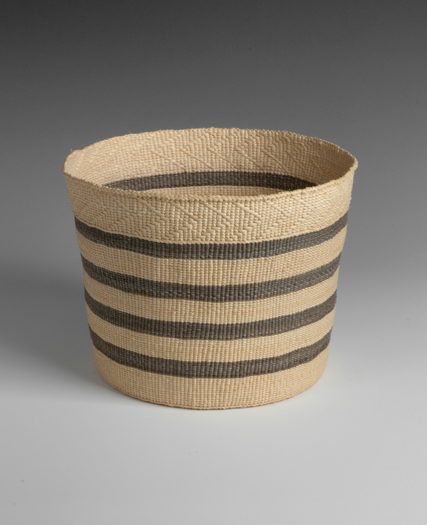 Isabel RorickFall Basket – Salal Berry Gathering BasketSpruce Root, Iron Oxide Dyed Spruce Root
Isabel RorickFall Basket – Salal Berry Gathering BasketSpruce Root, Iron Oxide Dyed Spruce Root- 7.5"h
- 10"w
- 10"d
SOLD -
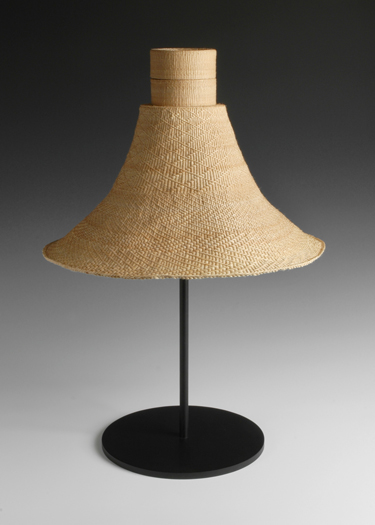 Isabel RorickSpiderweb and Slug Pattern Chief HatSpruce Root
Isabel RorickSpiderweb and Slug Pattern Chief HatSpruce Root- 11"h
- 14.5"w
- 14.75"d
SOLD -
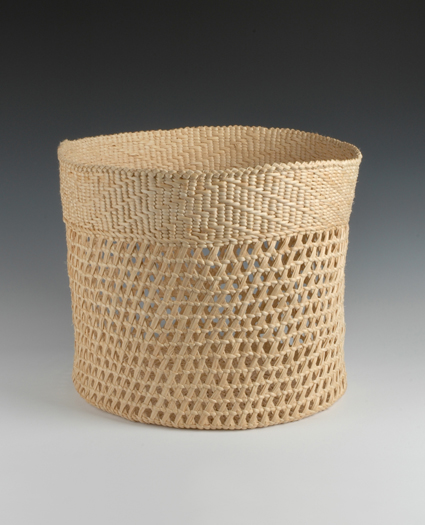 Isabel RorickWinter Basket – Clam BasketSpruce Root
Isabel RorickWinter Basket – Clam BasketSpruce Root- 13"h
- 16"w
- 15.75"d
SOLD -
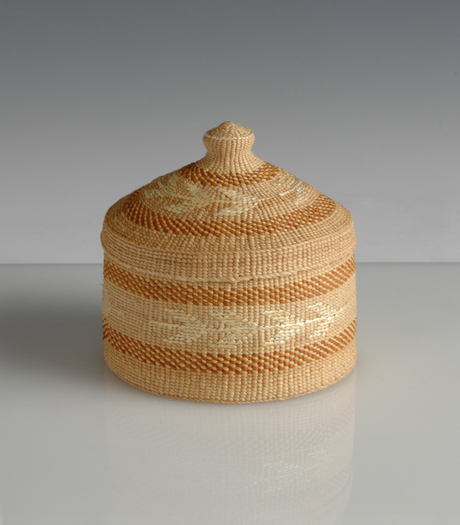 Isabel RorickFall Colors Rattle Top BasketSpruce Root, Alder Dyed Spruce Root, Sun Bleached Grass, Stones from Haida Gwaii
Isabel RorickFall Colors Rattle Top BasketSpruce Root, Alder Dyed Spruce Root, Sun Bleached Grass, Stones from Haida Gwaii- 3.25"h
- 3.25"w
- 3.25"d
SOLD -
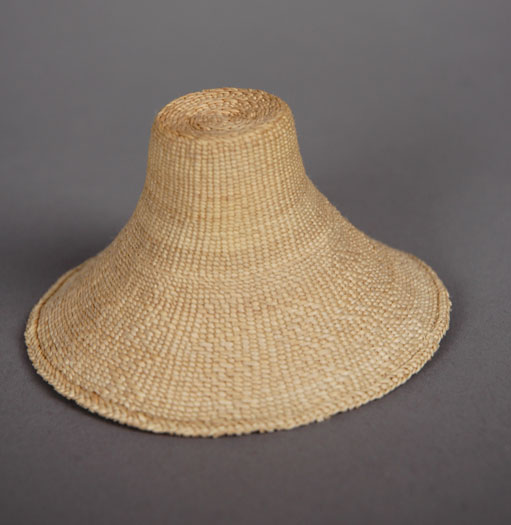 Isabel RorickSnail’s Trail Mini HatSpruce Root
Isabel RorickSnail’s Trail Mini HatSpruce Root- 2"h
- 3.25"w
- 3.25"d
SOLD -
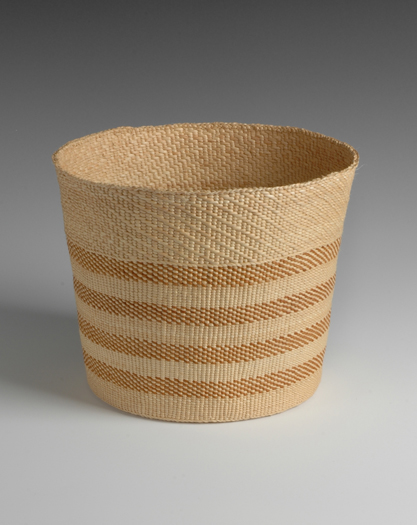 Isabel RorickSummer Basket – Strawberry Gathering BasketSpruce Root, Alder Dyed Spruce Root
Isabel RorickSummer Basket – Strawberry Gathering BasketSpruce Root, Alder Dyed Spruce Root- 7"h
- 9"w
- 8.75"d
SOLD
Artist Statement:
“I have woven baskets to represent the four seasons. Although there were many types of baskets for every food thing gathered, these are the ones that I have chosen:
The spring basket is a seaweed gathering basket.
The summer basket is a wild strawberry gathering basket.
The fall basket is a salal berry gathering basket.
The winter basket is a clam gathering basket.
In the past we honored each food season, we had special ceremonies, we gave thanks to our creator and to the spirits of the plants and animals that provided us with the food we were gathering. We have forgotten to do these special ceremonies and to give thanks. These baskets are to remind us all to give thanks for our food and to remember to honor our Earth Mother. At one time not that long ago our ancestors gathered all of their food in close proximity to where they lived. Today we buy all of our food from the grocery store; most of us don’t know or care where or how far the food has come. We all need to be more mindful of what we are eating, and how we are treating our Earth Mother and our other earth relatives. I would like to stress the importance of knowing where your food comes from, how it was grown and the importance of buying locally.”
